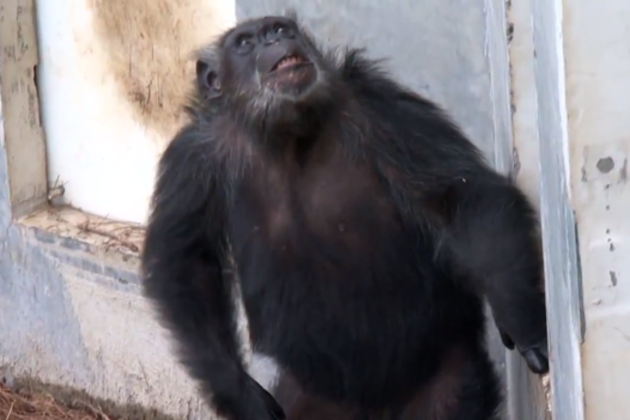
I wouldn’t wear this to work, but darn, truer words have never been spoken.
Anyone who thinks “the customer is always right” never worked in tech support.[Work Tech Support T-shirt @ Amazon.com]

Anyone who thinks “the customer is always right” never worked in tech support.[Work Tech Support T-shirt @ Amazon.com]

 As a longtime fan of artist Nina Katchadourian’s long-running Sorted Books project, which even inspired some playful book spine poetry experiments of my own, I’m thrilled for the release of Sorted Books (public library) — a collection spanning nearly two decades of her witty and wise minimalist mediations on life by way of ingeniously arranged book spines, including some pieces never seen online.
As a longtime fan of artist Nina Katchadourian’s long-running Sorted Books project, which even inspired some playful book spine poetry experiments of my own, I’m thrilled for the release of Sorted Books (public library) — a collection spanning nearly two decades of her witty and wise minimalist mediations on life by way of ingeniously arranged book spines, including some pieces never seen online.‘Sorted Books’ is many things at the same time: a series of sculptures or photographs, or site-specific installations; a collection of short stories, or poems, or jokes; a work in which the ‘found object’ is subject alike to chance and the most painstaking choices; a delicate conceptual game with the horizontal and the vertical. But it is first of all an act of reading. We have to picture the artist at large between the bookshelves, scanning the spines for likely, or unlikely, meetings among their titles.
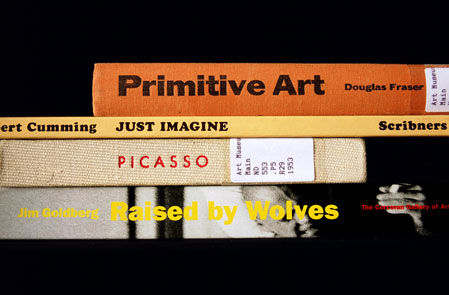
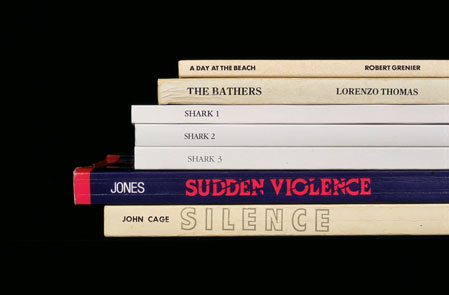
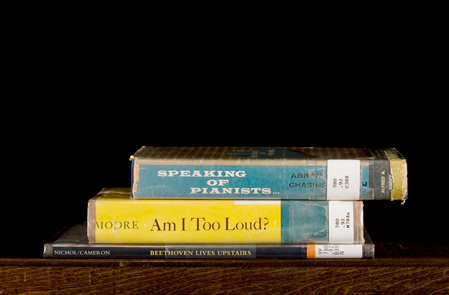
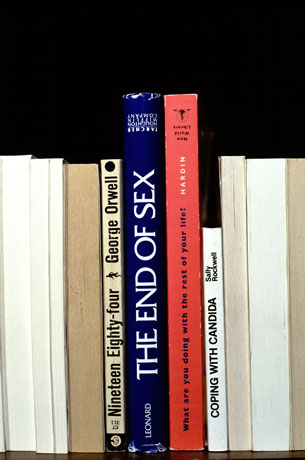
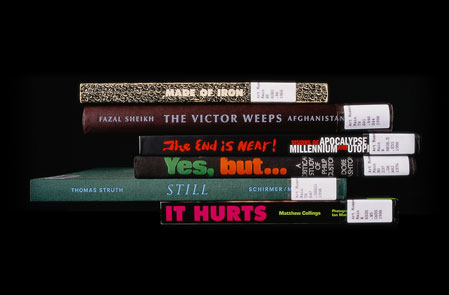
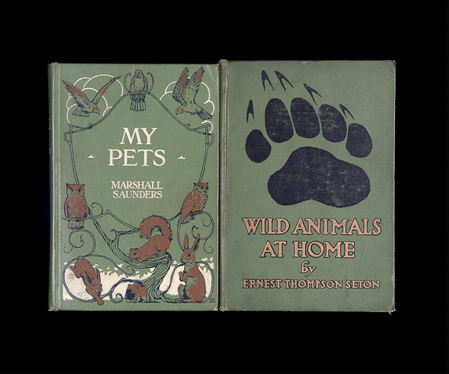
We studied — and were trying to put into practice — an engagement with the everyday, a stance toward art that located it in unlikely places, and ways of working collaboratively. In that spirit, an art major undergraduate, who was friendly with some of the graduate students, invited a group of us to move into her parents’ house for a week and make art with what we found. Her parents — who were not art collectors but simply welcoming and curious people — generously agreed to be invaded by the six of us.The rest, as they say, is history — but Katchadourian remained true to the same methodology and ethos of curiosity over the years. In an era drowned in periodic death tolls for the future of the physical book, her project stands as a celebration of the spirit embedded in the magnificent materiality of the printed page. Katchadourian writes:
The house where we stayed was in a small town called Half Moon Bay, about an hour south of San Francisco on the foggy California coast, so we decided to call the project ‘The Half Moon Bay Experiment.’ We spent about a week there, poking around and thinking about what to make. Eventually each of us found different zones in the house that interested us, and in the end we had a small show, which essentially meant running an announcement in the local paper, opening the font door for the afternoon, and having some friends, family, and locals come by.
Quite early in the week, I latched onto the library. Our hosts had married late in life — a second marriage for both — and they had merged their separate book collections when they moved in together. It seemed like they had decided to keep everything, and so they had a lot of books, organized in casually thematic manner on wooden shelves. I spent a long time looking at the books and getting acquainted with the wide variety of subjects in the library: Shakespeare, self-help, gambling, addiction, health care, history, and investment strategy guides. I suddenly recalled a moment in the university library when, looking for a book, I had turned my head sideways as I walked down the stacks and thought how spectacular it would be if all the titles formed an accidental sentence when read one after the other in a long chain. Standing amidst the bookshelves in Half Moon Bay, my next move was simply to make this imaginary accident real. I spent days shifting and arranging books, composing them so that their titles formed short sentences. The exercise was intimate, like a form of portraiture, and it felt important that the books I selected should function as a cross section of the larger collection.
I am always paying attention to the physical qualities of the books, and I try to work with their particular attributes as much as possible. The size of a book carries temperament and tonality, as does the way the text sits on the spine. A heavy volume with large text on the spine, for example, might be exuberant, urgent, pushy; a small typeface might communicate a voice that’s exacting, shy, insecure, or furtive.
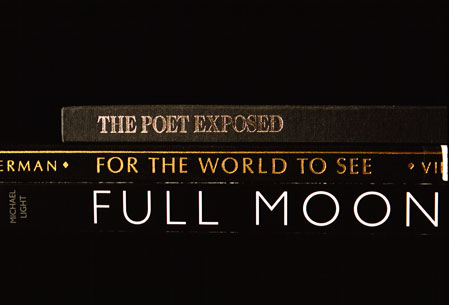
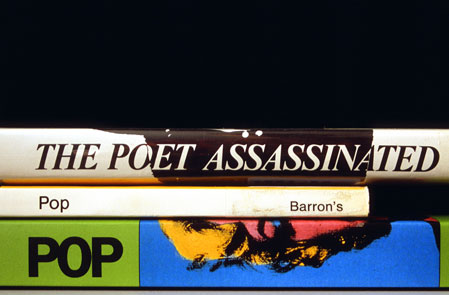
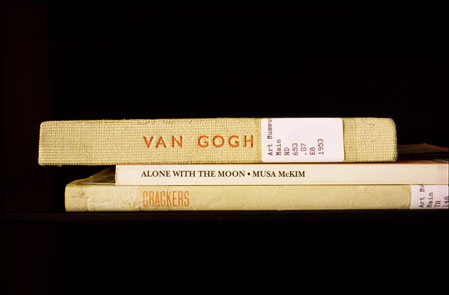
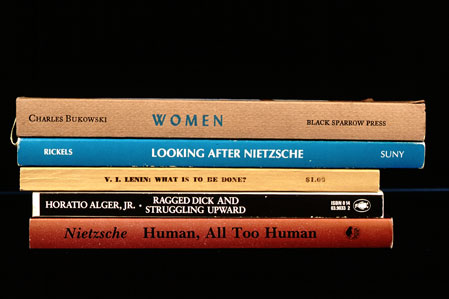
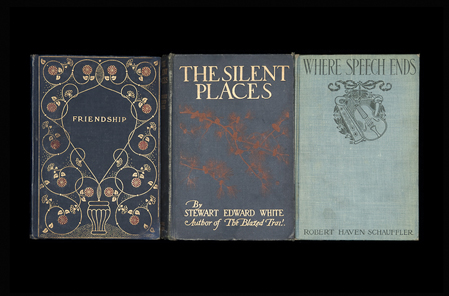
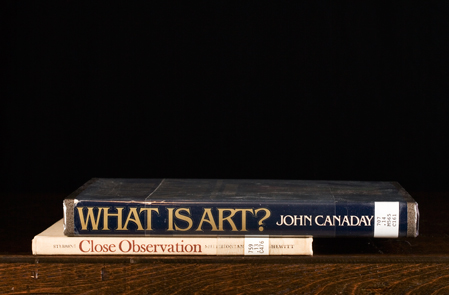
 Brain Pickings has a free weekly newsletter. It comes out on Sundays and offers the week’s best articles. Here’s what to expect. Like? Sign up.
Brain Pickings has a free weekly newsletter. It comes out on Sundays and offers the week’s best articles. Here’s what to expect. Like? Sign up. 



